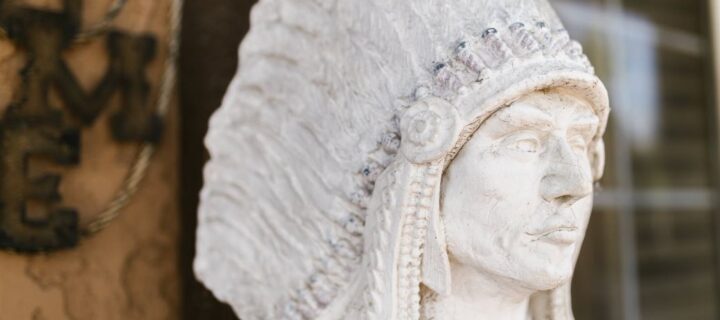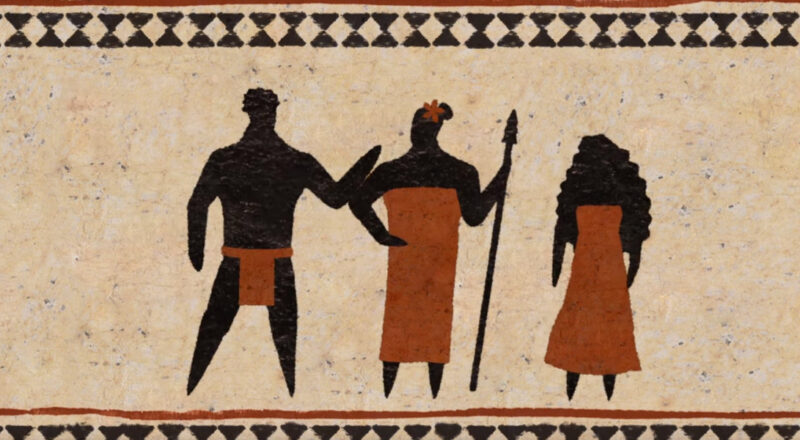
Māhu – The Meaning Behind the Hawaiian Gender
Māhu is a special term from Hawaii that helps people be who they truly are. In Hawaii, some people feel like both men and women or act in ways that don’t match what’s expected. They call these folks “Māhū,” and they’ve been important in Hawaiian communities for a long time.
But it isn’t just a Hawaiian thing–it’s part of a big world where people are discovering that gender is more than just “man” or “woman.” In this guide, we’ll dive into the meaning of Māhū and learn how it’s similar to and different from what many people call transgender.
On this page
What is the Gender Binary?
Before we get into what Māhū exactly means, you have to understand the meaning of gender binary. In many societies, including a lot of the world, people have traditionally thought of gender in just two boxes: “male” and “female.”
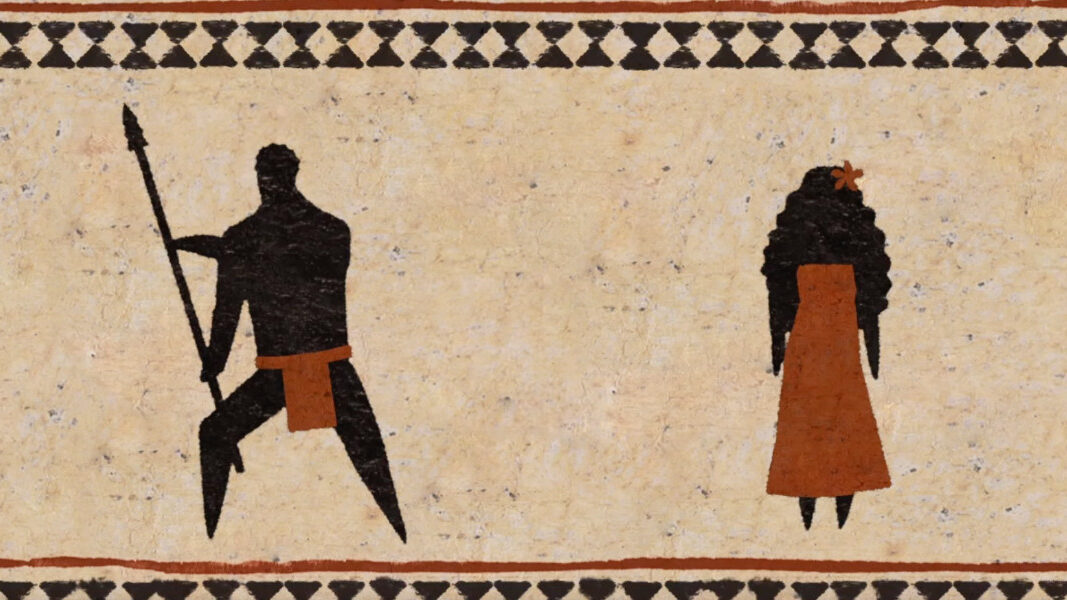
This idea is like saying there are only two colors in the world – black and white–when, in reality, there are countless beautiful shades in between. The gender binary doesn’t leave much room for people who feel like they don’t fit neatly into just one of those boxes.
This limited way of thinking about gender leaves out many diverse and wonderful ways people experience and express their identities. Māhū challenges these rigid ideas and offers a different perspective on what it means to be true to oneself.
The Origins of the Word
The etymology of the term “Māhū” is rooted in the Polynesian languages, particularly in the Hawaiian and Tahitian cultures.
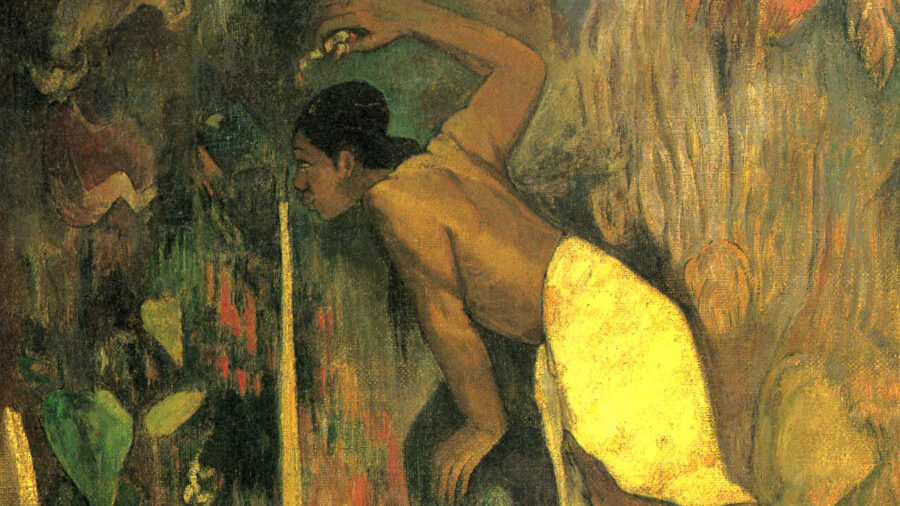
The word itself doesn’t have a single, straightforward translation, making its meaning quite intricate.
In Hawaii
In Hawaiian, “Māhū” is often associated with the concept of being in-between or having a dual nature. It suggests a blending or combination of male and female qualities, challenging the strict boundaries of traditional gender roles. This term has been used in Hawaiian culture for centuries to describe individuals who embody this unique and multifaceted gender identity.
In Tahiti
In Tahitian culture, the term “Māhū” shares similar connotations, describing individuals who may have a non-binary gender identity or engage in behaviors that do not conform to societal expectations of their assigned sex.
While the exact origin of the word remains debated, its usage in Polynesian cultures reflects a deep respect for those who occupy this distinct gender space. “Māhū” has a rich cultural history, and it is a testament to the diverse ways in which different societies understand and embrace the complexities of gender identity.
The Societal Role of the Māhū
In many traditional communities, māhū have a vital role in preserving Polynesian culture and teaching the idea of having a balance between both female and male aspects in everything.
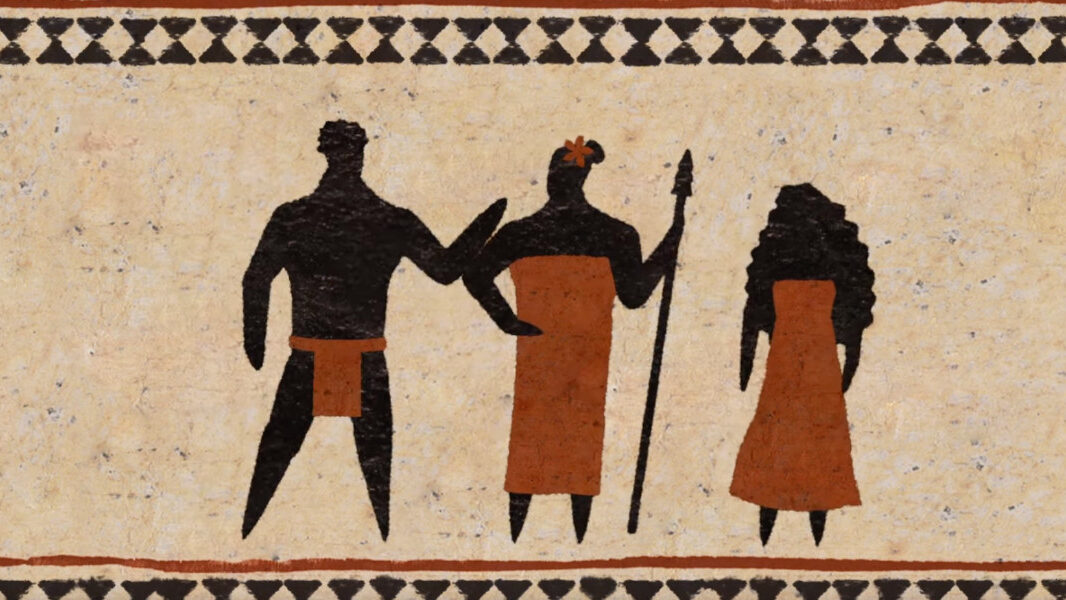
Modern māhū continue these traditions by staying connected to their land, preserving their language, and reviving cultural activities like traditional dances, songs, and playing special musical instruments.
No Surgery
Some also get symbolic tattoos. Unlike what some people might expect, modern māhū don’t change their bodies through surgeries to change their gender. Instead, like anyone else in Hawaiian/Tahitian society, they dress differently for different occasions like work, home, or going out.
Family Ties
Family is super important in māhū culture, just like in all Hawaiian/Tahitian cultures. They have strong bonds with their families, often becoming foster parents to their nieces and nephews. People admire them for being caring and creative, especially when it comes to raising children. Māhū also share their knowledge and teach hula traditions, which are usually passed down through women in the family.
Some Get Rejected by Family
Sometimes, māhū face rejection from their own families because of prejudice and the impact of colonization. When that happens, they form their own communities where they support each other and make sure their cultural traditions are passed on to the next generations.
In the documentary called “Kumu Hina,” Hinaleimoana Wong-Kalu, a renowned activist, visits one of these communities high up in the mountains and reconnects with some of the māhū who were like teachers and family to her when she was young.
The Transgender VS The Māhū
Māhū and transgender individuals both challenge traditional gender norms, but they differ in significant ways. Māhū is a concept primarily found in Hawaiian and Polynesian cultures, whereas transgender identity is a global phenomenon.
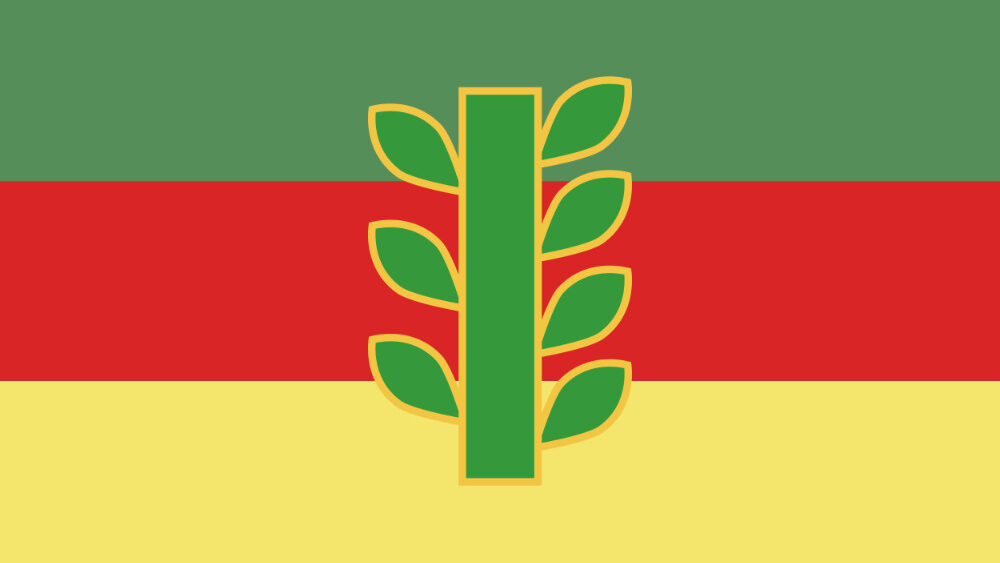
Māhū individuals may identify as both male and female or express themselves in diverse ways, often holding respected roles in their communities. Transgender individuals, on the other hand, have a gender identity that does not align with their assigned gender at birth and may choose to transition socially, medically, or legally to align with their gender identity.
The Key Distinction
One key distinction lies in the cultural context. Mahu is deeply rooted in specific Polynesian cultures, where it has historical significance and acceptance. In contrast, transgender individuals navigate a broader societal context where acceptance and recognition vary widely across cultures and regions.
Fluidity VS Binary
Additionally, Mahu often express a fluid or dual gender identity without undergoing medical transition, while many transgender individuals may choose to pursue medical or social transition to align their gender expression with their identity (that usually belongs to the gender binary).
Spreading Awareness and Understanding
In a world where diversity should be celebrated and embraced, understanding the nuances of gender identity is paramount. The stories of Mahu and transgender individuals remind us of the beauty in breaking free from rigid gender norms, celebrating the uniqueness of each individual, and respecting the diverse ways in which people express their true selves.
We invite you to share this article with friends, family, and colleagues to spread awareness and foster a more inclusive and accepting world. Together, we can build a society where every person is free to be their authentic self, regardless of the labels society may impose.


